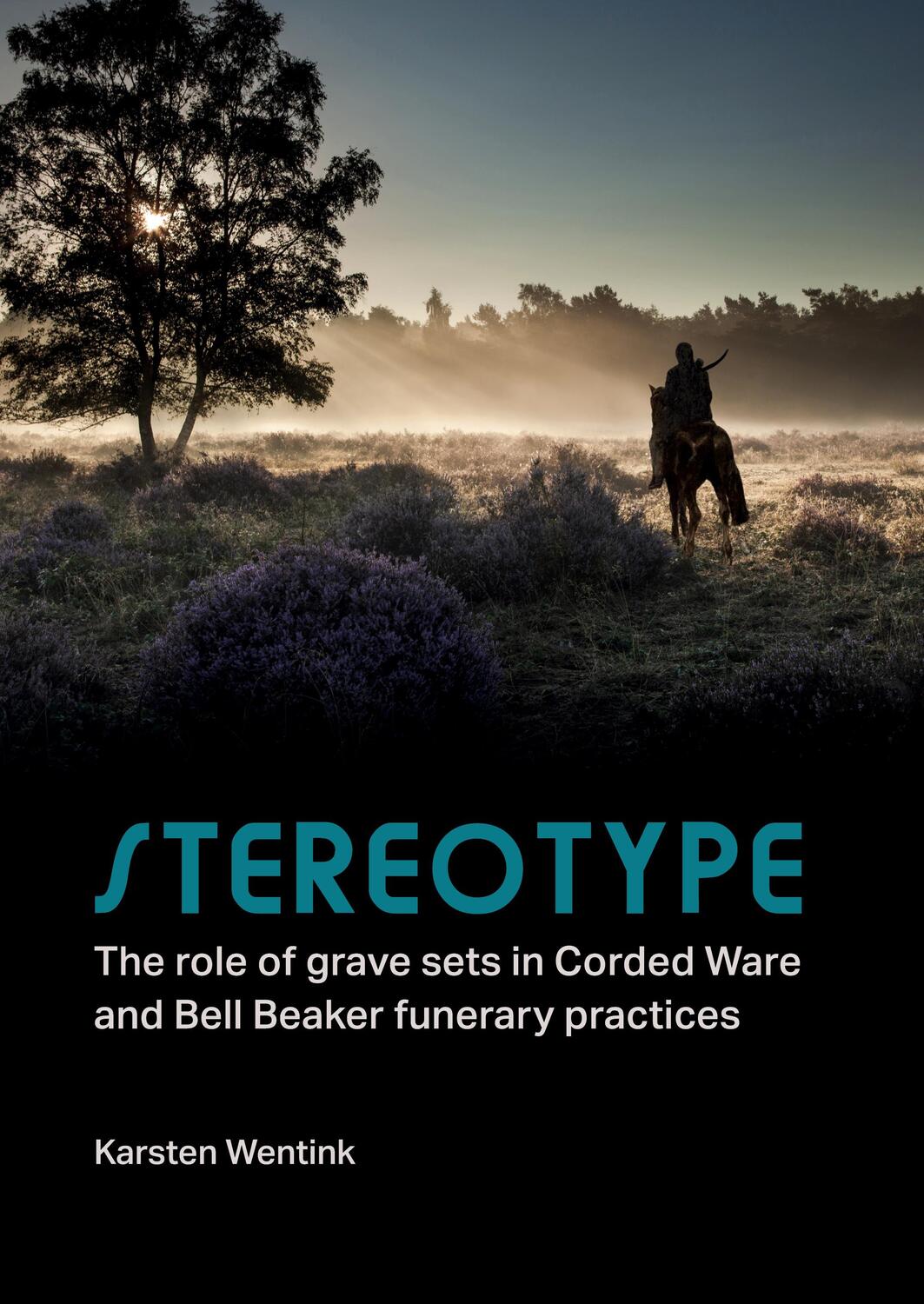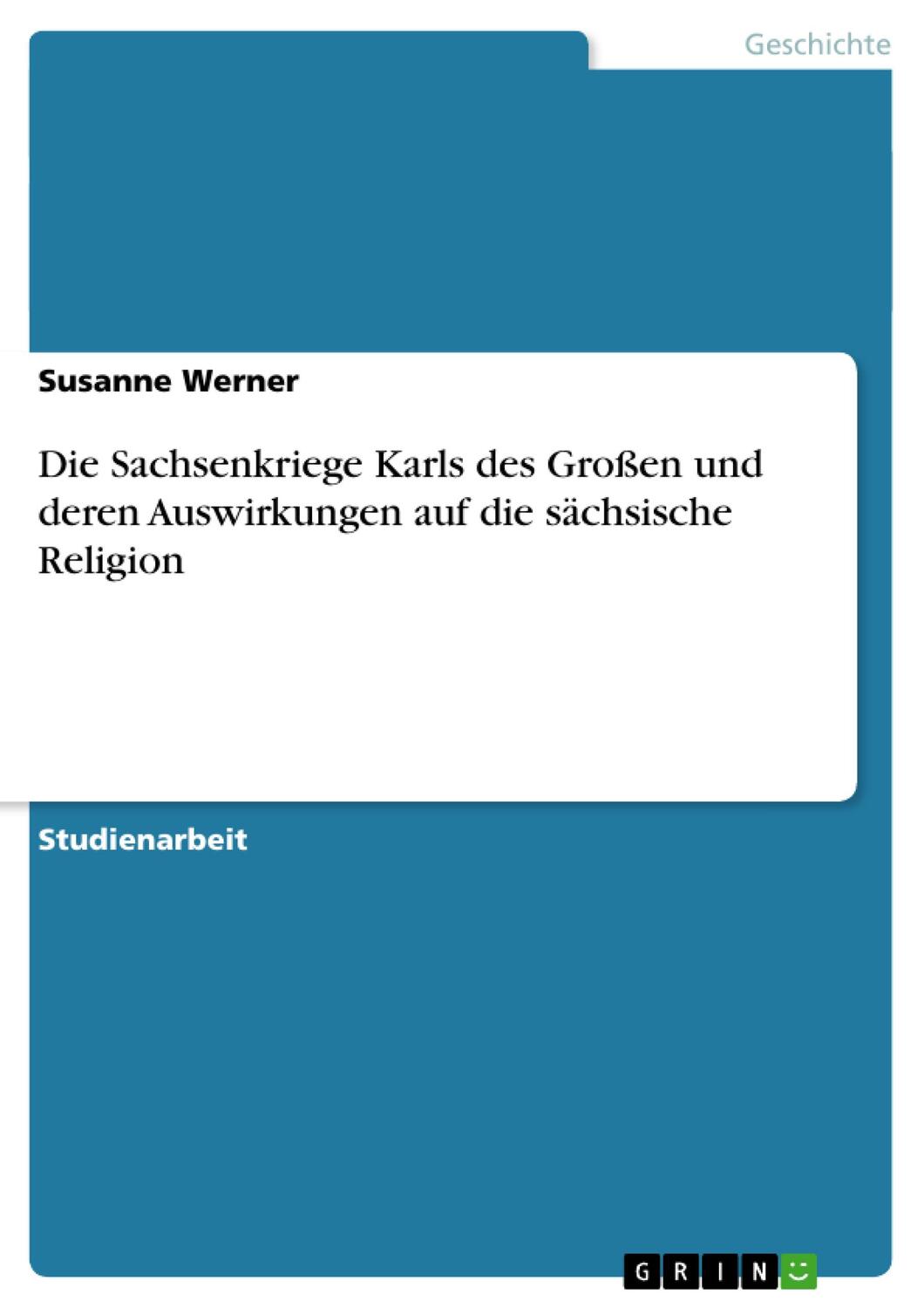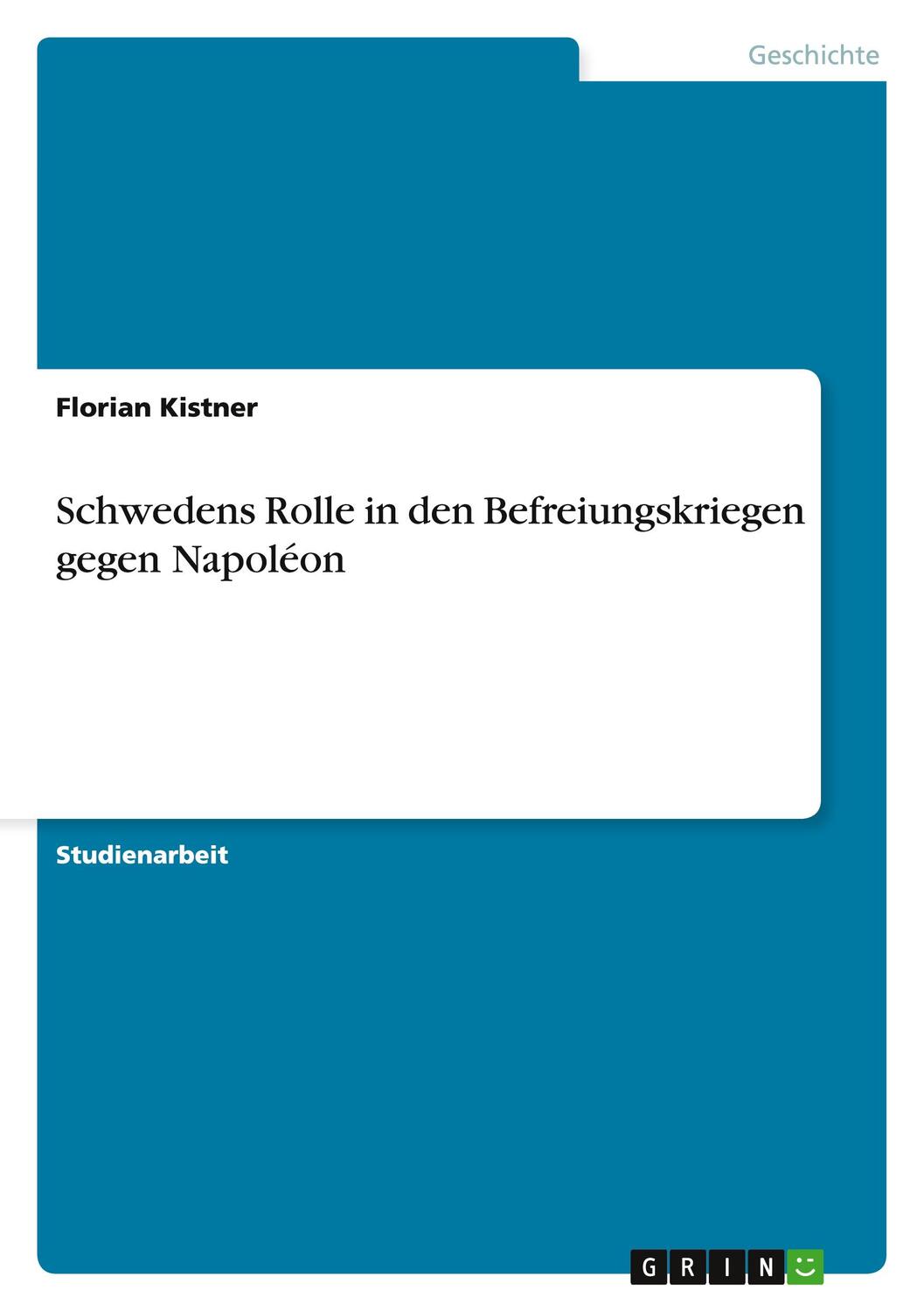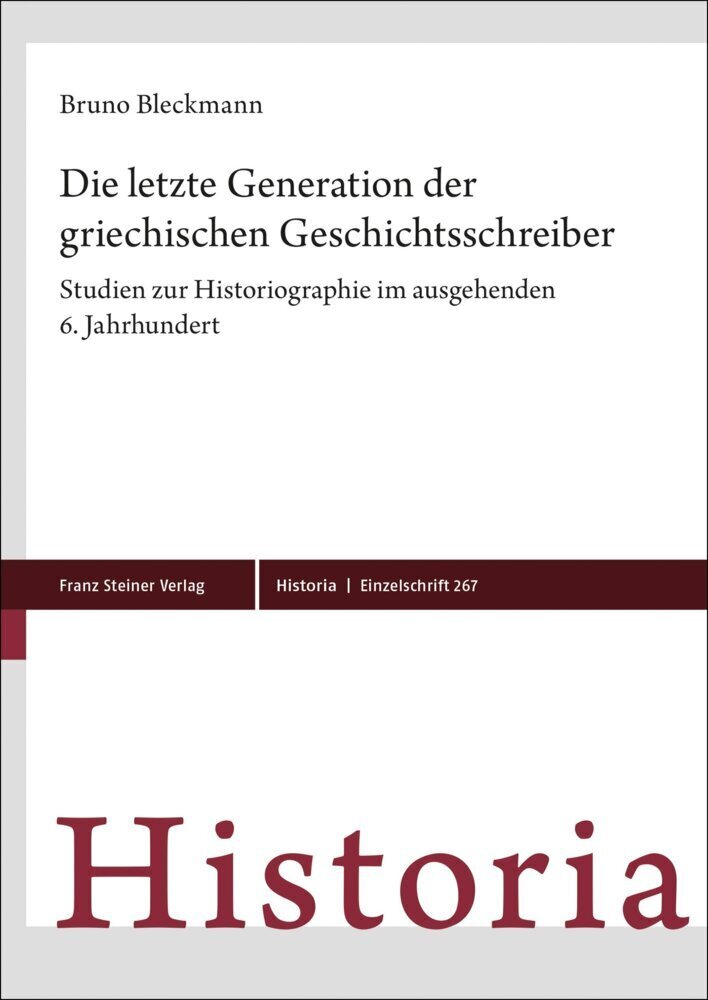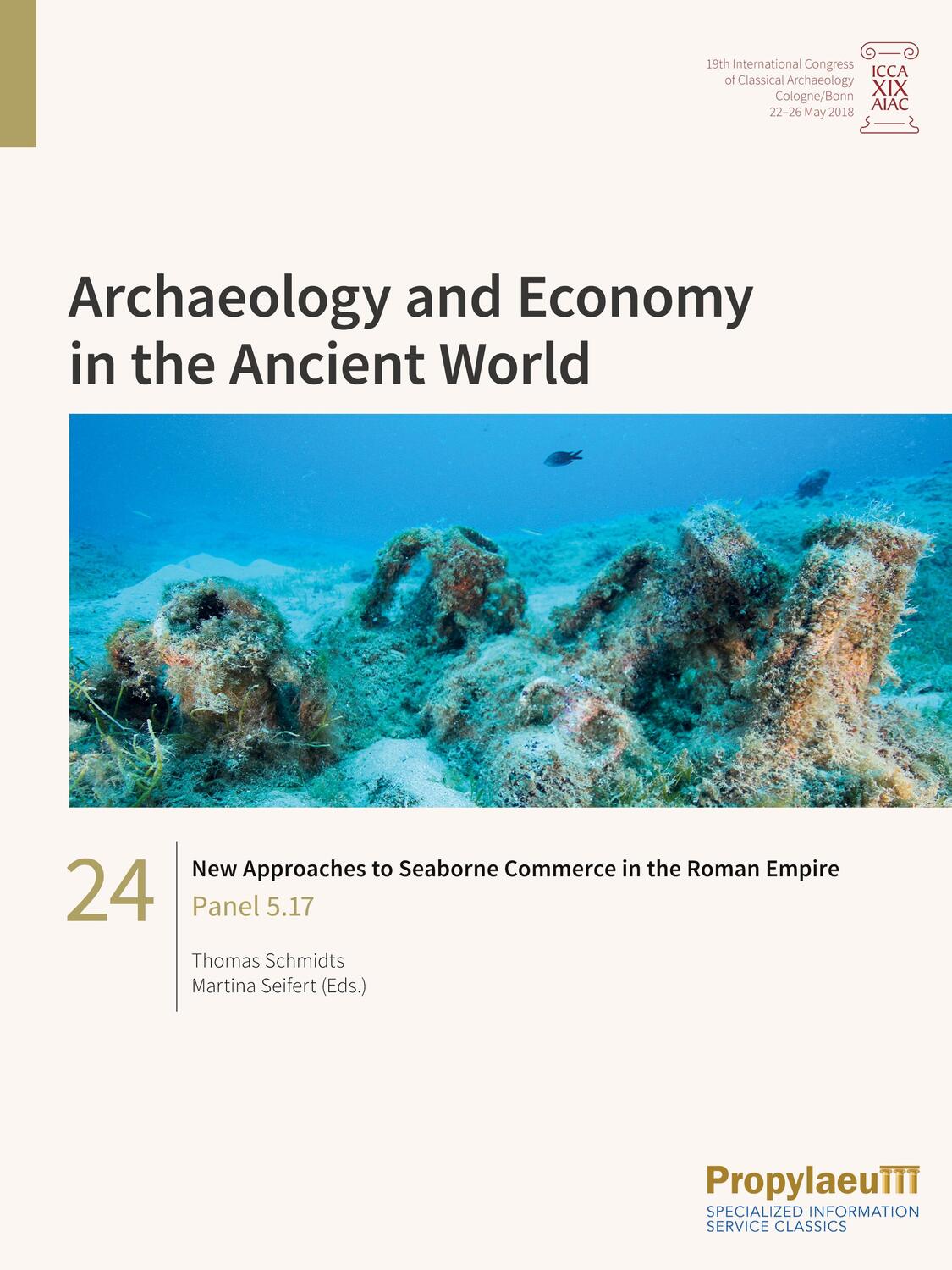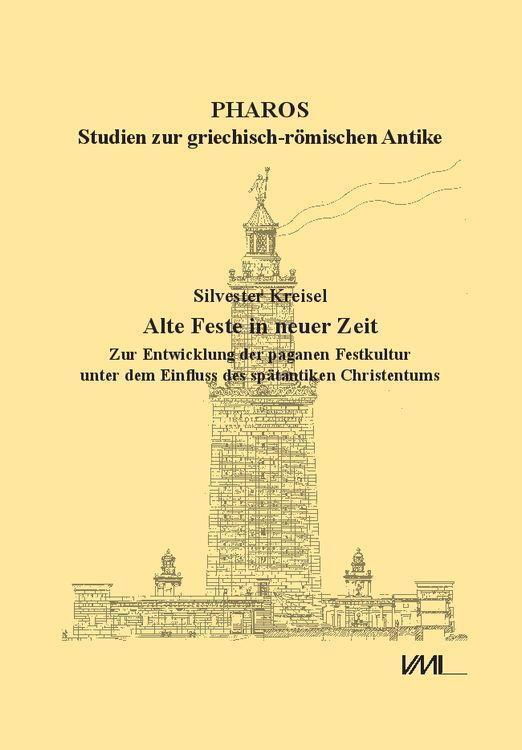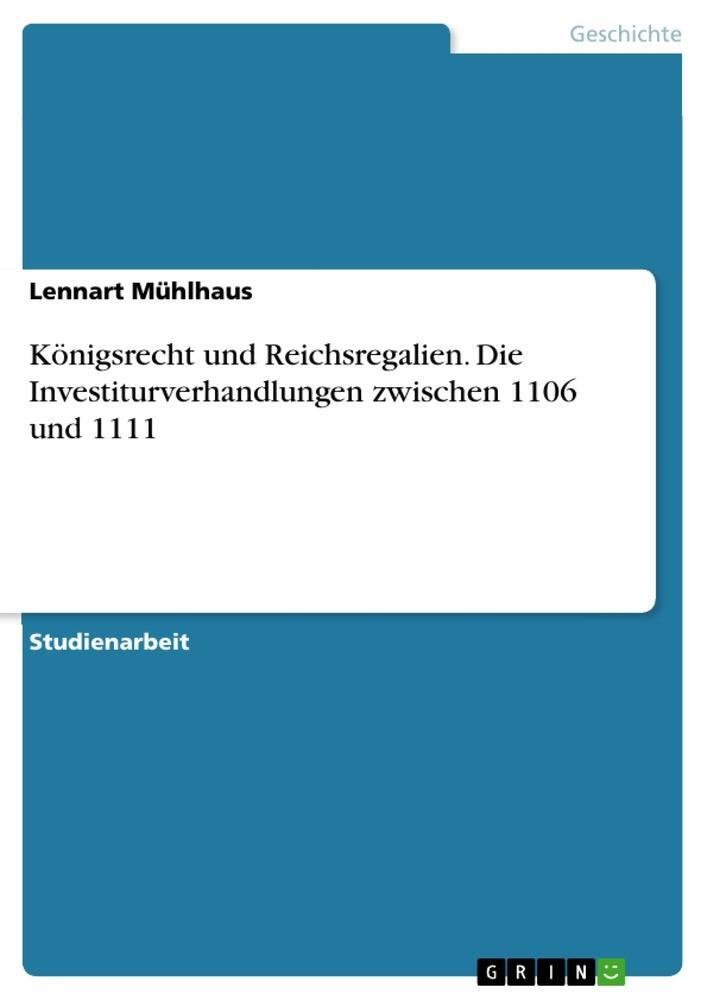Dekorationsartikel gehören nicht zum Leistungsumfang.
Sprache:
Englisch
57,95 €*
Versandkostenfrei per Post / DHL
Lieferzeit 1-2 Wochen
Kategorien:
Beschreibung
Throughout northern Europe, thousands of burial mounds were erected in the third millennium BCE. Starting in the Corded Ware culture, individual people were being buried underneath these mounds, often equipped with an almost rigid set of grave goods. This practice continued in the second half of the third millennium BCE with the start of the Bell Beaker phenomenon. In large parts of Europe, a ¿typical¿ set of objects was placed in graves, known as the ¿Bell Beaker package¿.
This book focusses on the significance and meaning of these Late Neolithic graves. Why were people buried in a seemingly standardized manner, what did this signify and what does this reveal about these individuals, their role in society, their cultural identity and the people that buried them?
By performing in-depth analyses of all the individual grave goods from Dutch graves, which includes use-wear analysis and experiments, the biography of grave goods is explored. How were they made, used and discarded? Subsequently the nature of these graves themselves are explored as contexts of deposition, and how these are part of a much wider ¿sacrificial landscape¿.
A novel and comprehensive interpretation is presented that shows how the objects from graves were connected with travel, drinking ceremonies and maintaining long-distance relationships.
Contents
1 Introduction. The problem of typical Late Neolithic grave sets and the lack thereof
2 Presentation and perception
3 The age of Beakers
4 The life of Beakers
5 The life of Late Neolithic A grave goods
6 The life of Late Neolithic B grave goods
7 Late Neolithic graves. Nothing new under the sun
8 Grave sets and object categories
9 The presentation of self in the Late Neolithic
10 The traveller
11 Time travel
References
Appendices
Dutch summary
Acknowledgements
This book focusses on the significance and meaning of these Late Neolithic graves. Why were people buried in a seemingly standardized manner, what did this signify and what does this reveal about these individuals, their role in society, their cultural identity and the people that buried them?
By performing in-depth analyses of all the individual grave goods from Dutch graves, which includes use-wear analysis and experiments, the biography of grave goods is explored. How were they made, used and discarded? Subsequently the nature of these graves themselves are explored as contexts of deposition, and how these are part of a much wider ¿sacrificial landscape¿.
A novel and comprehensive interpretation is presented that shows how the objects from graves were connected with travel, drinking ceremonies and maintaining long-distance relationships.
Contents
1 Introduction. The problem of typical Late Neolithic grave sets and the lack thereof
2 Presentation and perception
3 The age of Beakers
4 The life of Beakers
5 The life of Late Neolithic A grave goods
6 The life of Late Neolithic B grave goods
7 Late Neolithic graves. Nothing new under the sun
8 Grave sets and object categories
9 The presentation of self in the Late Neolithic
10 The traveller
11 Time travel
References
Appendices
Dutch summary
Acknowledgements
Throughout northern Europe, thousands of burial mounds were erected in the third millennium BCE. Starting in the Corded Ware culture, individual people were being buried underneath these mounds, often equipped with an almost rigid set of grave goods. This practice continued in the second half of the third millennium BCE with the start of the Bell Beaker phenomenon. In large parts of Europe, a ¿typical¿ set of objects was placed in graves, known as the ¿Bell Beaker package¿.
This book focusses on the significance and meaning of these Late Neolithic graves. Why were people buried in a seemingly standardized manner, what did this signify and what does this reveal about these individuals, their role in society, their cultural identity and the people that buried them?
By performing in-depth analyses of all the individual grave goods from Dutch graves, which includes use-wear analysis and experiments, the biography of grave goods is explored. How were they made, used and discarded? Subsequently the nature of these graves themselves are explored as contexts of deposition, and how these are part of a much wider ¿sacrificial landscape¿.
A novel and comprehensive interpretation is presented that shows how the objects from graves were connected with travel, drinking ceremonies and maintaining long-distance relationships.
Contents
1 Introduction. The problem of typical Late Neolithic grave sets and the lack thereof
2 Presentation and perception
3 The age of Beakers
4 The life of Beakers
5 The life of Late Neolithic A grave goods
6 The life of Late Neolithic B grave goods
7 Late Neolithic graves. Nothing new under the sun
8 Grave sets and object categories
9 The presentation of self in the Late Neolithic
10 The traveller
11 Time travel
References
Appendices
Dutch summary
Acknowledgements
This book focusses on the significance and meaning of these Late Neolithic graves. Why were people buried in a seemingly standardized manner, what did this signify and what does this reveal about these individuals, their role in society, their cultural identity and the people that buried them?
By performing in-depth analyses of all the individual grave goods from Dutch graves, which includes use-wear analysis and experiments, the biography of grave goods is explored. How were they made, used and discarded? Subsequently the nature of these graves themselves are explored as contexts of deposition, and how these are part of a much wider ¿sacrificial landscape¿.
A novel and comprehensive interpretation is presented that shows how the objects from graves were connected with travel, drinking ceremonies and maintaining long-distance relationships.
Contents
1 Introduction. The problem of typical Late Neolithic grave sets and the lack thereof
2 Presentation and perception
3 The age of Beakers
4 The life of Beakers
5 The life of Late Neolithic A grave goods
6 The life of Late Neolithic B grave goods
7 Late Neolithic graves. Nothing new under the sun
8 Grave sets and object categories
9 The presentation of self in the Late Neolithic
10 The traveller
11 Time travel
References
Appendices
Dutch summary
Acknowledgements
Über den Autor
Dr. Karsten Wentink started his studies in 2001 at the Faculty of Archaeology, Leiden University. He did a combined bachelors in both archaeological sciences (focus on functional analysis at the Laboratory for Artefact studies) and prehistoric archaeology (with a focus on the Neolithic of North-West Europe). He finished his Masters thesis in 2006 on Neolithic flint axe depositions. He started his PhD research in 2008 focussing on the role of grave sets in Corded Ware and Bell Beaker funerary practices.
Details
| Erscheinungsjahr: | 2020 |
|---|---|
| Fachbereich: | Allgemeines |
| Rubrik: | Sozialwissenschaften |
| Medium: | Taschenbuch |
| Seiten: | 298 |
| Inhalt: |
298 S.
67 farbige Illustr. |
| ISBN-13: | 9789088909382 |
| ISBN-10: | 9088909385 |
| Sprache: | Englisch |
| Ausstattung / Beilage: | Paperback |
| Einband: | Kartoniert / Broschiert |
| Autor: | Wentink, Karsten |
| Hersteller: | Sidestone Press Dissertations |
| Maße: | 257 x 182 x 20 mm |
| Von/Mit: | Karsten Wentink |
| Erscheinungsdatum: | 08.07.2020 |
| Gewicht: | 0,863 kg |
Über den Autor
Dr. Karsten Wentink started his studies in 2001 at the Faculty of Archaeology, Leiden University. He did a combined bachelors in both archaeological sciences (focus on functional analysis at the Laboratory for Artefact studies) and prehistoric archaeology (with a focus on the Neolithic of North-West Europe). He finished his Masters thesis in 2006 on Neolithic flint axe depositions. He started his PhD research in 2008 focussing on the role of grave sets in Corded Ware and Bell Beaker funerary practices.
Details
| Erscheinungsjahr: | 2020 |
|---|---|
| Fachbereich: | Allgemeines |
| Rubrik: | Sozialwissenschaften |
| Medium: | Taschenbuch |
| Seiten: | 298 |
| Inhalt: |
298 S.
67 farbige Illustr. |
| ISBN-13: | 9789088909382 |
| ISBN-10: | 9088909385 |
| Sprache: | Englisch |
| Ausstattung / Beilage: | Paperback |
| Einband: | Kartoniert / Broschiert |
| Autor: | Wentink, Karsten |
| Hersteller: | Sidestone Press Dissertations |
| Maße: | 257 x 182 x 20 mm |
| Von/Mit: | Karsten Wentink |
| Erscheinungsdatum: | 08.07.2020 |
| Gewicht: | 0,863 kg |
Warnhinweis

